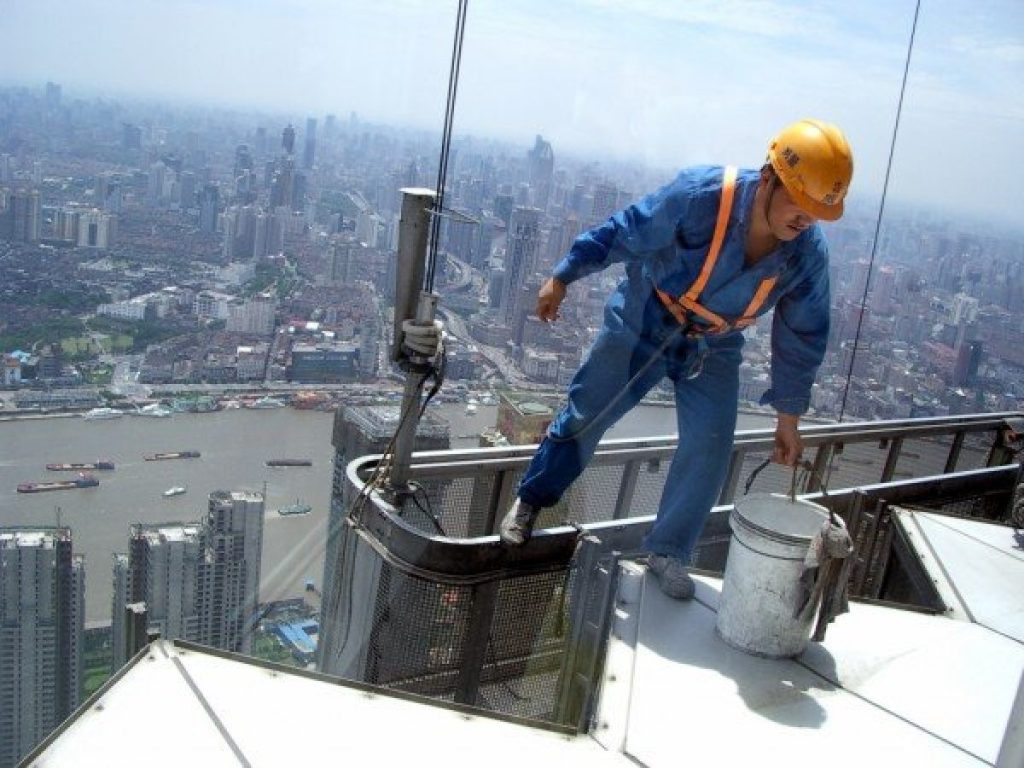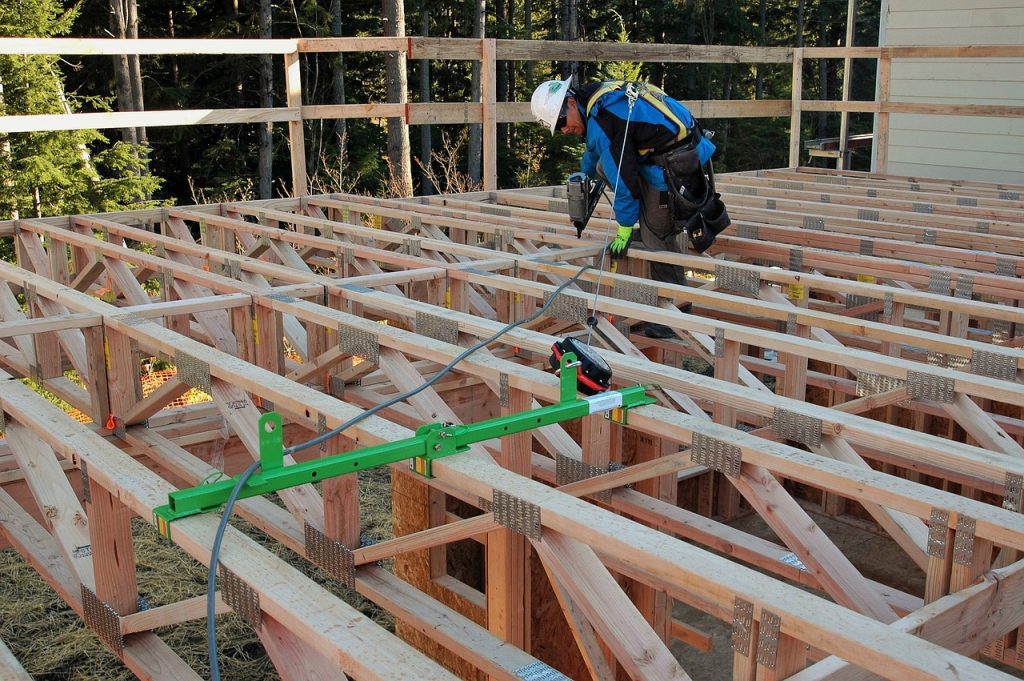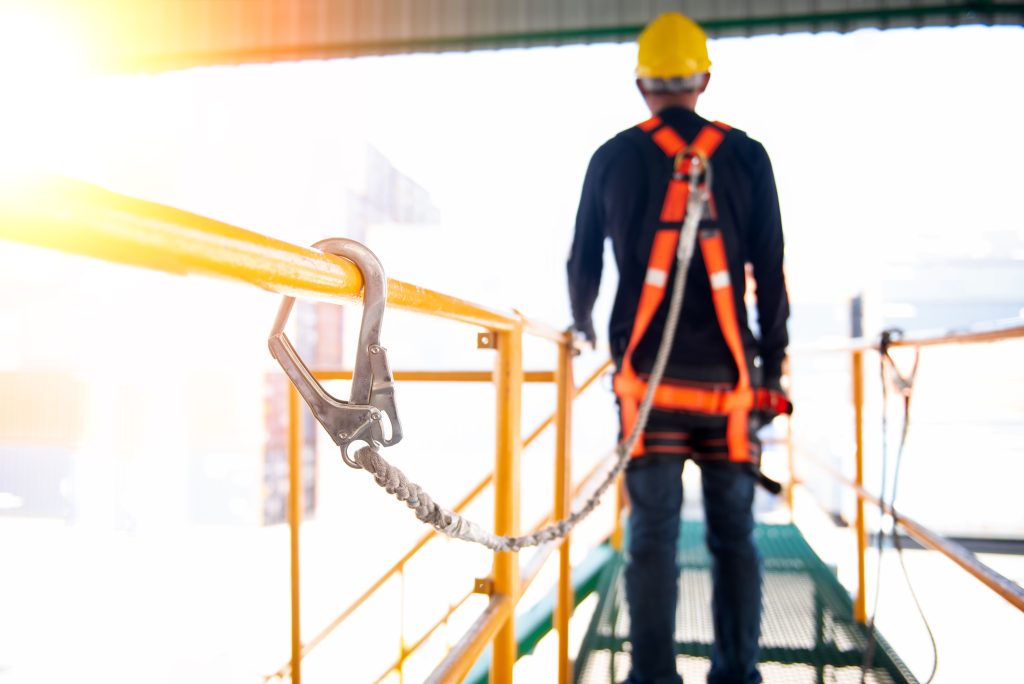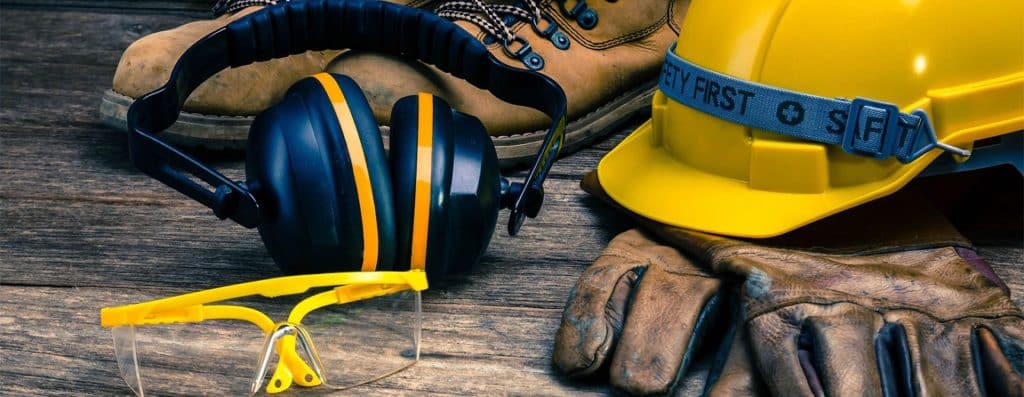What Are The 4 Methods of Fall Protection?

Falls are one of the leading causes of severe workplace injuries resulting in deaths. Many studies have shown how several workers suffer from serious injuries or death after falling from a height. Fall protection refers to the application of controls intended to keep employees from falling when working at heights or dangerous locations. Fall protections look after the security of employees. A fall protection plan is a safety strategy for personnel who work in an elevated environment.
Fall protection includes guardrails, safety gates, and several other methods that safeguard the life of employees during construction. There are several methods that provide complete protection from serious injuries. Companies need to ensure active fall prevention equipment to the employees before any mishap occurs. A training session or awareness lessons must be taught for the safety of the employees.
The four methods of fall protection are:
Hazard Elimination
Hazard elimination is when you find a method that does not put the worker in danger of falling or an injury. It is on the top of the hierarchy in fall protection plans. It keeps the employee wholly safe and secure. Most individuals and organizations go for this type of fall protection plan due to the various advantages. The reason for the fall hazard is challenged and reviewed to see if a change in process, practice, location, or equipment can eliminate the fall hazard.
Fall Restraint
Fall restraint equipment restricts the movements of an employee. It keeps them from falling by controlling their actions. Fall restraint systems are built to restrict or prevent a fall. These systems limit the worker’s range of motion so that they cannot physically move to a point where fall can occur.
Many people and companies do not rely on fall restraint systems. This is because it does not control free-fall distances that occur immediately. However, fall restraint systems prevent the majority of secondary injuries caused by a fall and make rescue easier because the worker is still accessible.
Fall Arrest
When the fall restraint system is no longer serving its purpose, the following line of defense is fall arrest. This system protects you from hitting the surface. But many people and organizations still believe that the fall arrest system also entails some hazards. A fall arrest system can keep a worker from falling to a lower level, but the worker must be retrieved as soon as possible to avoid other risks.
Some other danger that a fall arrest can is suspension trauma. Another danger is the environment where the fall arrest is utilized; leading edges can cause equipment to fail; thus, finding the right SRL for specific applications is critical. However, an individual may require this method of fall protection plan when other fall protection options are not available.
Guardrails
Permanent or temporary guardrails or handrails form a protective barrier around an aperture or edge to prevent a fall to a lower level where hazards are difficult to avoid.
Passive fall prevention comprises physical barriers that keep employees from potentially dangerous edges and corners. Guardrails or railings along the edge of an upper level that keep employees away from high-risk edges, or coverings that prohibit workers from falling through holes, are examples of these barriers.
Following Safety Measures
It is mandatory to follow safety measures for all organizations. OSHA (Organizational Health and Safety Administration) asks the contractors who work in or near elevated areas to develop and implement fall protection or fall safety programs. These safety programs can cover it all, from minor injuries to significant falls. Titan University offers specific fall protection courses for the safety of employees. The online courses are particularly important for contractors, SSHO (Site Safety and Health Officers) who have to manage government construction projects.
Conclusion
In conclusion, we can say that construction sectors must implement fall protection plans to keep the employees out of danger. Fall protection systems are critical pieces of equipment in various job contexts, particularly in the construction industry. Many distinct sorts prevent falls and injuries differently.
Organizations must follow OSHA regulations to keep the employees in a safe and secure environment. The majority of fall-related deaths and injuries occur due to poor planning, faulty equipment, or a failure to follow standard guidelines.






I really like this simple and clear outline of these fall protection methods! Everyone working in construction, no matter the trade, needs to know these things.